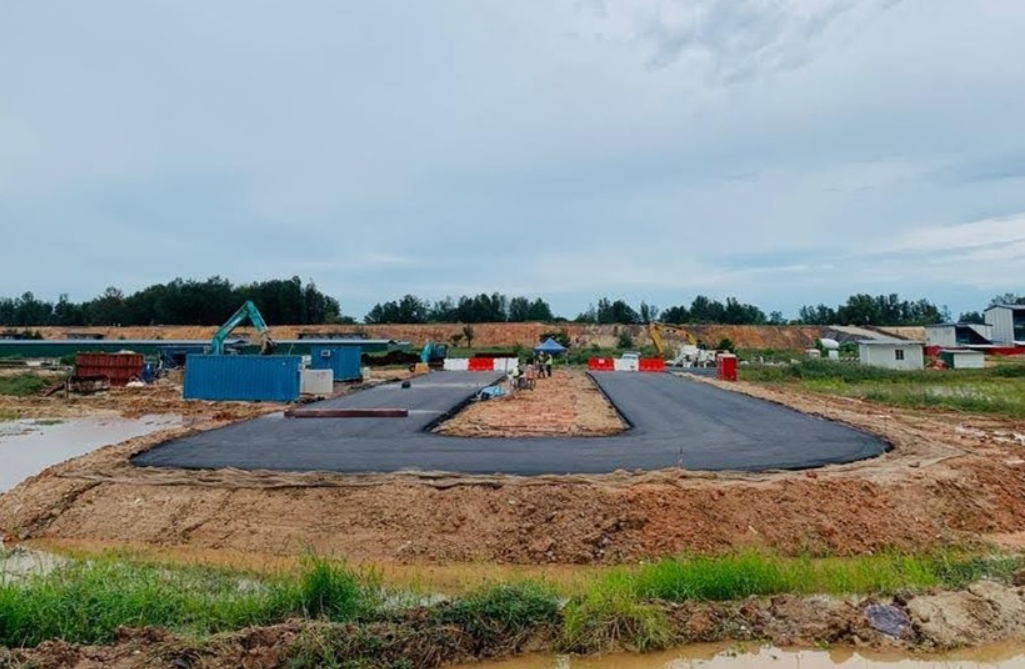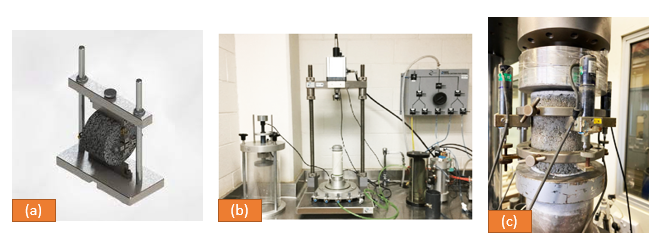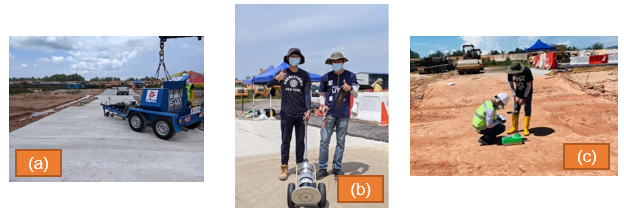-
-
- Bridging Scales from Below: The Role of Heterogeneities in the Global Water and Carbon Budgets
- Increasing Occurrences of Cyanobacterial Blooms Driven by Climate Change Factors
- Carbon Capture and Utilization
- Integrated Coastal-Inland Flood Model for Climate Change
- Pathways for Sustainable and Climate-Resilient Planning of Water-Energy-Food Security Nexus
-
- Air Quality and Health: A Paradigm Shift
- Surface Water Quality and Emerging Contaminants
- Microbial detoxification of persistent organohalide pollutants (POPs)
- Nutrients Removal in Waterbodies via Sustainable Pathways
- Centre for Water Research (CWR) researchers join their forces with U of T researchers for microplastics pollution detection and control in water and wastewater
- Dealing with Hard-To-Treat Industrial Wastewater
- Valorization of Bioresources – Towards a Circular Economy
-
- Intelligent Traffic Diffusion Plan Generation, Effective Assessment and Dissemination Strategies
- Transforming Waste into Resources for Infrastructural Development
- Look-Ahead Integrated Geophysical Investigation System (IGIS) for Singapore Tunnels
- Next-Generation Airport Pavements with Full-Scale Instrumented Testing
-
- Centre for Advanced Materials and Structures
- Centre for Hazards Research
- Centre for Resilient Underground Infrastructure and Engineering (CRUISE)
- Centre for Transportation Research
- Centre for Water Research
- Centre for Resource Circularity and Resilience (CR)2
- Centre for Offshore Research and Engineering (CORE)
- Centre for Environmental Resilience
- Safety & Health Committee
- Completed Research Projects
- Research Brief
- Achievements (in the media)
Next-Generation Airport Pavements with Full-Scale Instrumented Testing

Airport pavements are multi-layered structures designed to support traffic loads and are designed to be resilient and capable to handle future air traffic loading. Our research in NUS focuses on innovative pavement materials and design that are built to requires less maintenance over the lifetime of the pavement. Our team also developed the first fully-instrumented composite pavements with innovative materials designed to capture near real time stresses and strains so that a mechanistic empirical fatigue life model can be developed. Our approach aims to ensure that pavements in Singapore are designed to be Pavement Classification Rating (PCR)-compliant (mandated by the International Civil Aviation Organization ICAO for full implementation in 2024.)
Modern airport pavements comprise the following layers – subgrade, ground granulated aggregate base (GGAB), Cement-Treated Base (CTB), and Hot-Mix Asphalt Concrete (HMAC) that has to comply to international standards (such as the International Civil Aviation Organization or ICAO standard or the U.S. Federal Aviation Administration (FAA) standard). The characterization tests are unique for each material (Fig. 1) and is necessary for mechanistic modelling and estimation of stresses and strains within the pavement structure when subject to future aircraft loadings.

Fig. 1. (a) Indirect tensile of HMAC; (b) Resilient modulus test setup for subgrades; (c)unconfined compressive testing of CTB
In collaboration efforts with Defense Science and Technology Agency, Samwoh Corporation Pte Ltd and Geonamics (S) Pte Ltd, our team has created the first fully-instrumented pavement field trial in Singapore where we test new pavement structures and subject it to traffic loading, complete with stress and strain sensors and video imaging devices. A test track was built with a control section which is a typical airfield pavement, and test sections that included innovative pavement materials. In addition, our team is also working closely with Changi Airport Group on developing various fully-instrumented trials with actual traffic loading for implementation for the future Changi Airport Terminal 5.
During the construction of our fully-instrumented trials, extensive in-situ stiffness tests were performed using the Light Weight Deflectometer (LWD) and Heavy Weight Deflectometer (HWD) (Fig. 2a & 2b) to capture the confinement effect on stiffness in the field which can be difficult to replicate in the laboratory. In addition to obtaining more accurate inputs for the finite-element model, these tests will create a database to develop a new stiffness-based quality control method to replace the existing density-based quality control method (Fig. 2c) which is increasingly incompatible with prevailing mechanistic-empirical pavement design methods.

Fig. 2. (a) HWD testing; (b) LWD test setup; (c) Density testing with nuclear density gauge
While subjecting the test pavements to actual traffic loading, sensors installed can pick up stresses and strains experienced at various depths of the pavement (Fig. 3a). Our developed finite-element model (Fig. 3b) are calibrated to match the data from the field trial. Upon calibration, truck loads can be scaled up to aircraft loads to study the overall pavement response. Horizontal strain at the bottom of the HMAC and vertical stress at the top of the subgrade can then be mapped back to appropriate stress/strain ratios in the laboratory fatigue study to determine the number of allowed coverages for the airfield pavement. The information allows the determination of the Pavement Classification Rating (PCR) to ensure compliance towards the latest mandate by the International Civil Aviation Organization (ICAO) for full implementation in 2024.

Fig. 3. (a) Expected shape of stress development from one truck pass; (b) finite-element model to calibrated
For more details, please contact:
Assoc Prof Ong Ghim Ping, Raymond
Email: ceeongr@nus.edu.sg

